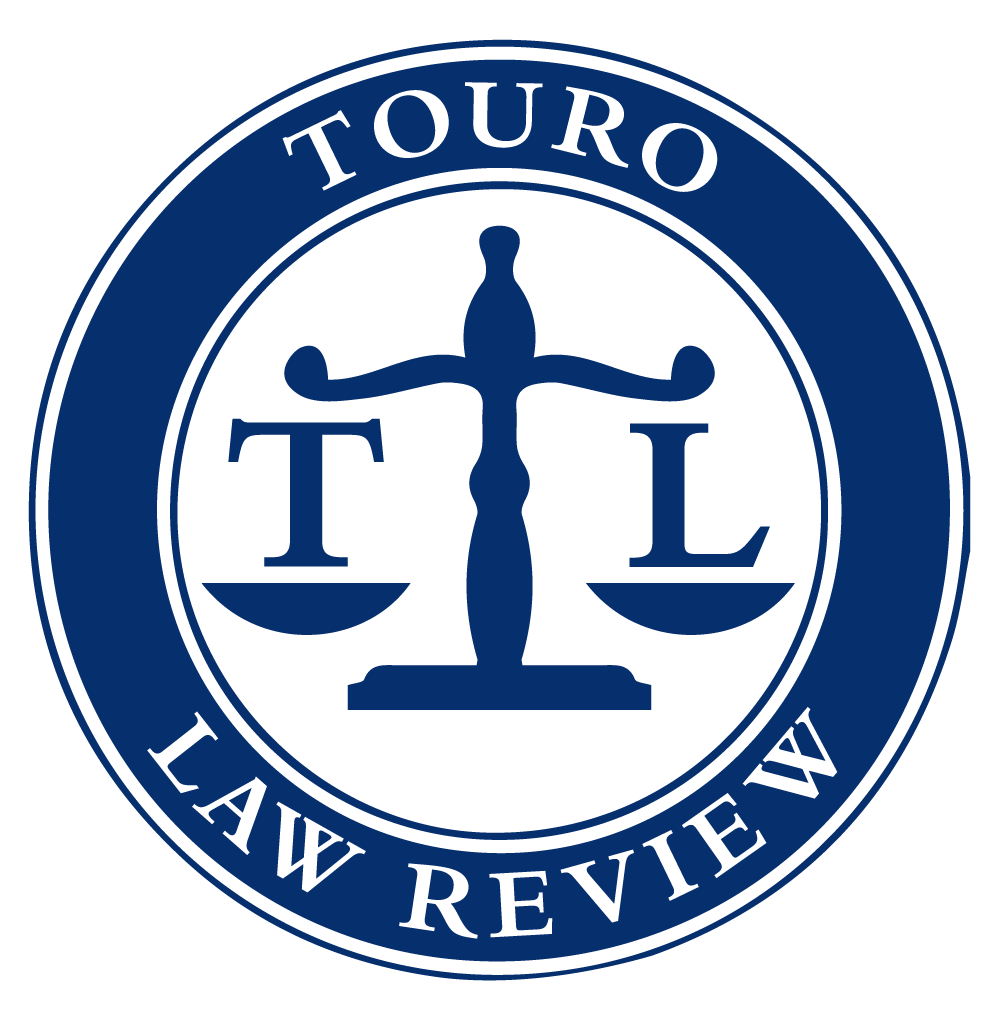
Touro Law Review
Abstract
This Comment first provides an overview of the constitutional concerns that arise when the private police interact with criminal defendants, and the even graver issues that are present when this interaction also involves governmental law enforcement. Part III presents an in depth look at private police, with some detail focused specifically on corporate investigators who work in conjunction with public law enforcement. After assessing this ubiquitous group, Part IV harmonizes the private police and the state action doctrine. Because the state action doctrine has been classified as not being a "model of consistency" and a "conceptual disaster area," the analysis focuses solely on pieces of the doctrine apposite herein. Part V highlights the nexus theory of state action. The nexus theory has been the most helpful to courts in dealing with cases where injuries have been caused by both the government and private entities. Part VI discusses and analyzes the relevant case law. The Supreme Court has ruled on the constitutional status of the private police on two occasions: Williams v. United States and Griffin v. Maryland. These decisions were rightfully decided, but the focus of the Court's analysis has led to an arbitrary standard, which has created innumerable inconsistencies among the lower courts. This Comment exposes these capricious tendencies through an in depth analysis of lower court decisions involving the private police and state action. Part VII provides an analytical framework for subsequent case law to rely on. The framework utilizes the strengths of the state action doctrine and minimizes its weaknesses. Governmental law enforcement's increased reliance on private sector resources, concurrent to modem state action jurisprudence, should rightfully lead to a broader definition of who is acting under color of state law.
Recommended Citation
Beaton, Sean James
(2012)
"Counterparts in Modern Policing: The Influence of Corporate Investigators on the Public Police and a Call for the Broadening of the State Action Doctrine,"
Touro Law Review: Vol. 26:
No.
2, Article 12.
Available at:
https://digitalcommons.tourolaw.edu/lawreview/vol26/iss2/12


